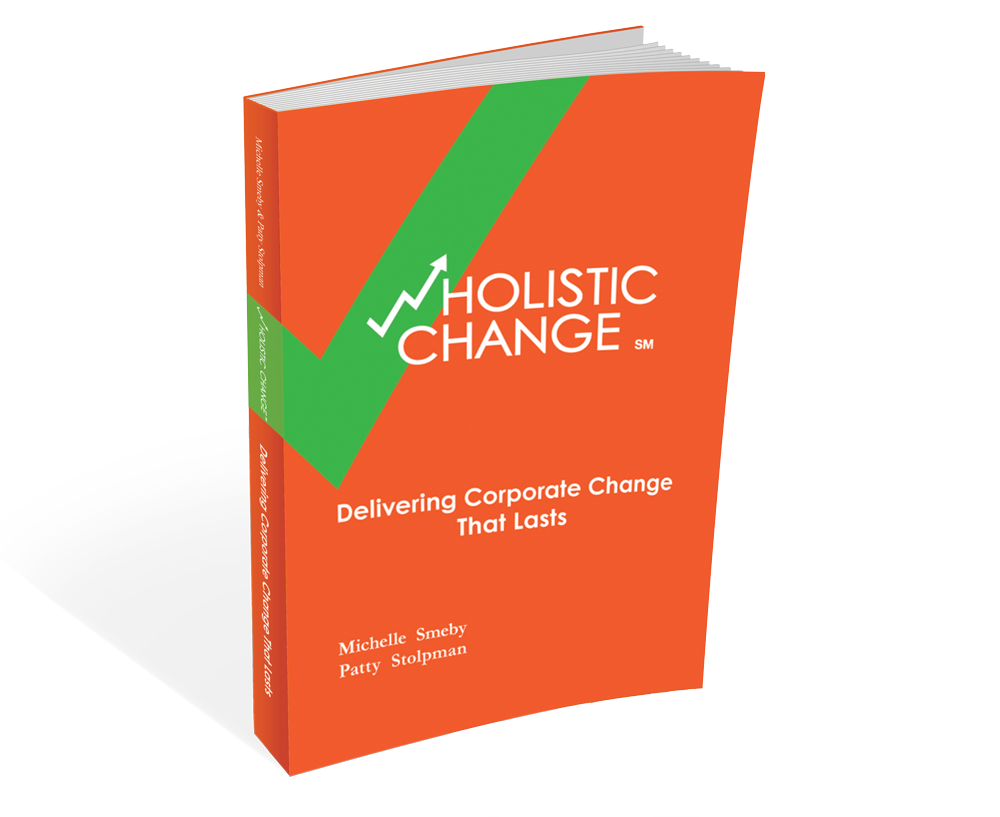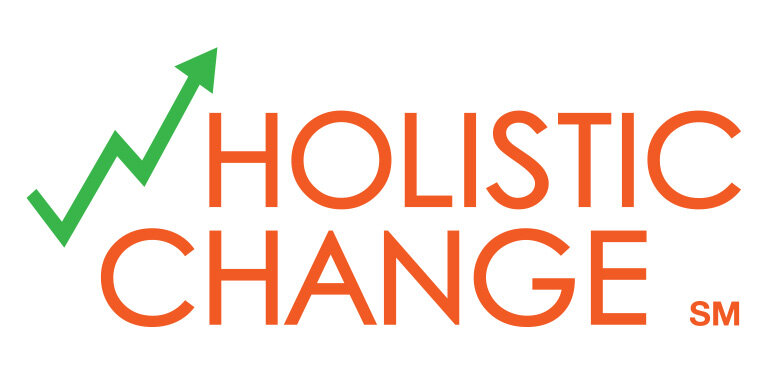We mentioned before that wHolistic Change℠ adds services to the classic people / process / technology framework in order to understand how people — they are the make or break of change — are being impacted by change:
Everything a person in your organization does for the organization is a service in some way — mining coal, manufacturing a product, designing new products, developing software, taking customer calls, etc. When you need them to do something different, the services they are providing are changing.
From the examples above, think of a service as a use case - an action verb goal phrase that describes what the actors (employees) do for their internal and external customers.I wanted to address why we use this service framework instead of a SIPOC (diagram showing Suppliers - Inputs - Process - Outputs - Customers) to perform a wHolistic Change℠ current state vs. future state assessment.
- In my personal experience with the six sigma methodology, the SIPOC does not show the reality of what employees do / how products are truly created for customers. It tends to be an idealized model of how the business behaves.
- Because the facilitated sessions I attended to develop SIPOCs focused on "getting the current process documented right," it was hard to get the participants to think about how they wanted their business look after a transformation.
- Operational owners have spent a lot of time (and money) designing their current processes to support their customers. This results in a passion to retain the status quo, and to protect the business they have built (including the existing people, processes, and technology) as much as possible.
As an alternative, if we start the current state assessment by defining the services a stakeholder provides, we can frame the discussion around understanding the true business needs both now and in the future:
- What services / products does your organization deliver – both to external and internal customers?
- Who provides the services / products? What skill sets do these people need to provide the best services / products?
- When, where, and why do the services / products fit into your organization? What processes will be needed?
- What tools are used in order to provide the services / products? How can technology enable the business needs?
Don't get me wrong, I have seen six sigma black belts utilize SIPOCs to deliver successful process improvement projects. However; because resistance to change is a normal human response, when leading a business transformation initiative it helps to take a step back and look more (w)holistically at the business environment and to ask your organization: what business are we in, what business do we want to be in, and then what needs to change in order for us to get there?

